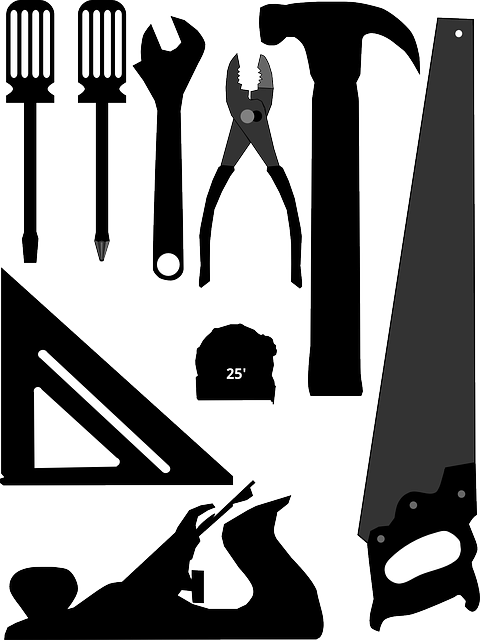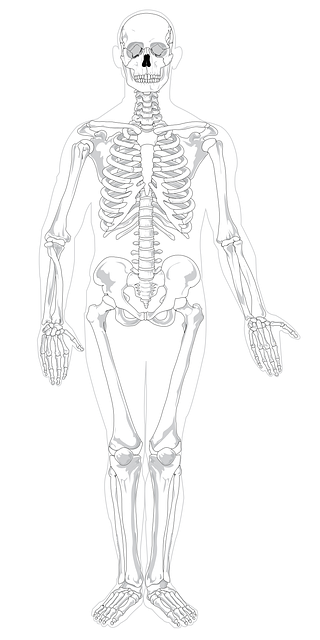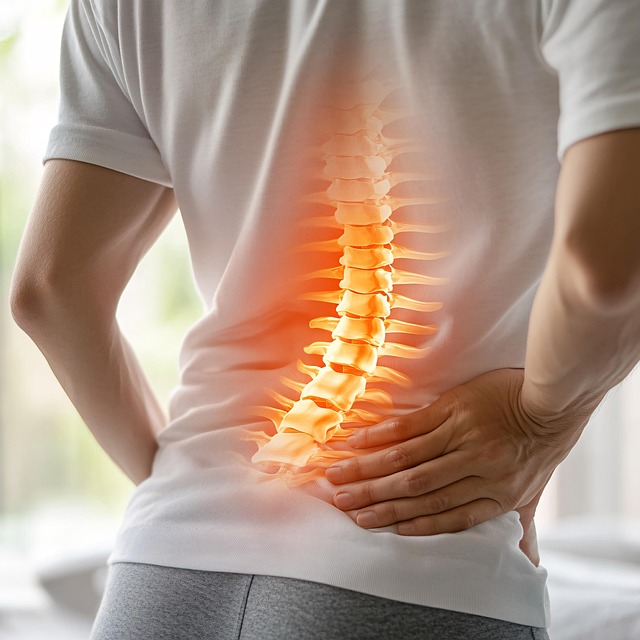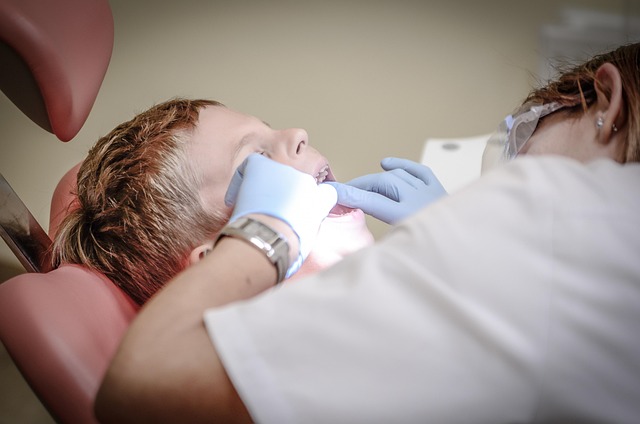Long-term chiropractic rehabilitation after car wrecks is a comprehensive, holistic approach to managing pain, improving mobility, and enhancing quality of life for victims. This treatment focuses on both immediate injuries and potential long-lasting effects, incorporating techniques like adjustments, massage therapy, and exercise prescriptions. The goal is to restore function, reduce inflammation, prevent further damage, and continuously monitor progress through regular check-ins, significantly impacting positive recovery outcomes.
“Uncover the transformative power of spinal rehab as a key component in managing ongoing injuries from car accidents. This comprehensive guide explores ‘long-term chiropractic rehabilitation after car wrecks’, delving into its role and strategies for effective recovery. From understanding the complexities of post-accident care to implementing tailored treatments, this article equips readers with insights to navigate their journey towards sustained healing. Discover how spinal rehab can be a game-changer in managing pain, improving mobility, and restoring quality of life.”
- Understanding Long-Term Chiropractic Rehabilitation After Car Wrecks
- The Role of Spinal Rehab in Ongoing Injury Care
- Strategies for Effective and Sustained Recovery After a Motor Vehicle Accident
Understanding Long-Term Chiropractic Rehabilitation After Car Wrecks

After a car wreck, many victims turn to chiropractic care for their ongoing injury care. Long-term chiropractic rehabilitation plays a crucial role in managing and alleviating pain, improving mobility, and enhancing overall quality of life. This holistic approach focuses on addressing not just the immediate injuries but also the potential long-lasting effects of the accident. Chiropractors tailor treatment plans to individual needs, incorporating various techniques such as adjustments, massage therapy, and exercise prescriptions.
The goal of long-term chiropractic rehabilitation after car wrecks is to restore function, reduce inflammation, and prevent further damage. Regular check-ins with a chiropractor allow for continuous monitoring of the patient’s progress and adjustment of the treatment plan as needed. This ongoing care can significantly impact recovery outcomes, ensuring that individuals not only heal from their immediate injuries but also build resilience against future health issues related to the accident.
The Role of Spinal Rehab in Ongoing Injury Care

Spinal rehab plays a pivotal role in ongoing injury care, especially post-car accidents. Following a car wreck, long-term chiropractic rehabilitation offers a comprehensive approach to managing and reducing pain, improving mobility, and restoring function. This type of rehabilitation is crucial for addressing the complex issues that often arise from such incidents, including spinal misalignments, muscle strains, and nerve damage.
Chiropractic care focuses on adjusting the spine and supporting structures, aiming to alleviate pressure on nerves and improve overall spinal health. Over time, regular sessions can enhance flexibility, strengthen muscles, and promote better posture—all essential for preventing future injuries and ensuring a higher quality of life for those recovering from car wrecks.
Strategies for Effective and Sustained Recovery After a Motor Vehicle Accident

A motor vehicle accident (MVA) can lead to significant injuries, often requiring long-term chiropractic rehabilitation for effective and sustained recovery. The immediate aftermath of such an event typically involves acute care, but managing pain and restoring mobility over the long term is crucial. Chiropractic care plays a vital role in this process by addressing not just the physical symptoms but also the underlying structural issues that may have been caused or exacerbated by the crash.
Strategies for effective recovery include regular sessions with a qualified chiropractor who can design a personalized treatment plan tailored to the patient’s specific needs. This might involve manual adjustments, therapeutic exercises, and lifestyle modifications to promote healing and prevent future injuries. Additionally, education on proper posture, ergonomy, and injury prevention techniques is essential for maintaining progress and reducing the risk of chronic pain or re-injury. Long-term chiropractic rehabilitation after car wrecks should be viewed as a holistic approach that empowers individuals to take control of their health and well-being post-accident.
Spinal rehab plays a pivotal role in managing ongoing injuries from car accidents, offering a holistic approach to recovery. By integrating long-term chiropractic rehabilitation, individuals can achieve sustained relief and improved quality of life. Understanding the various strategies outlined in this article empowers victims to actively participate in their care, ensuring effective and efficient healing post-motor vehicle accidents.














